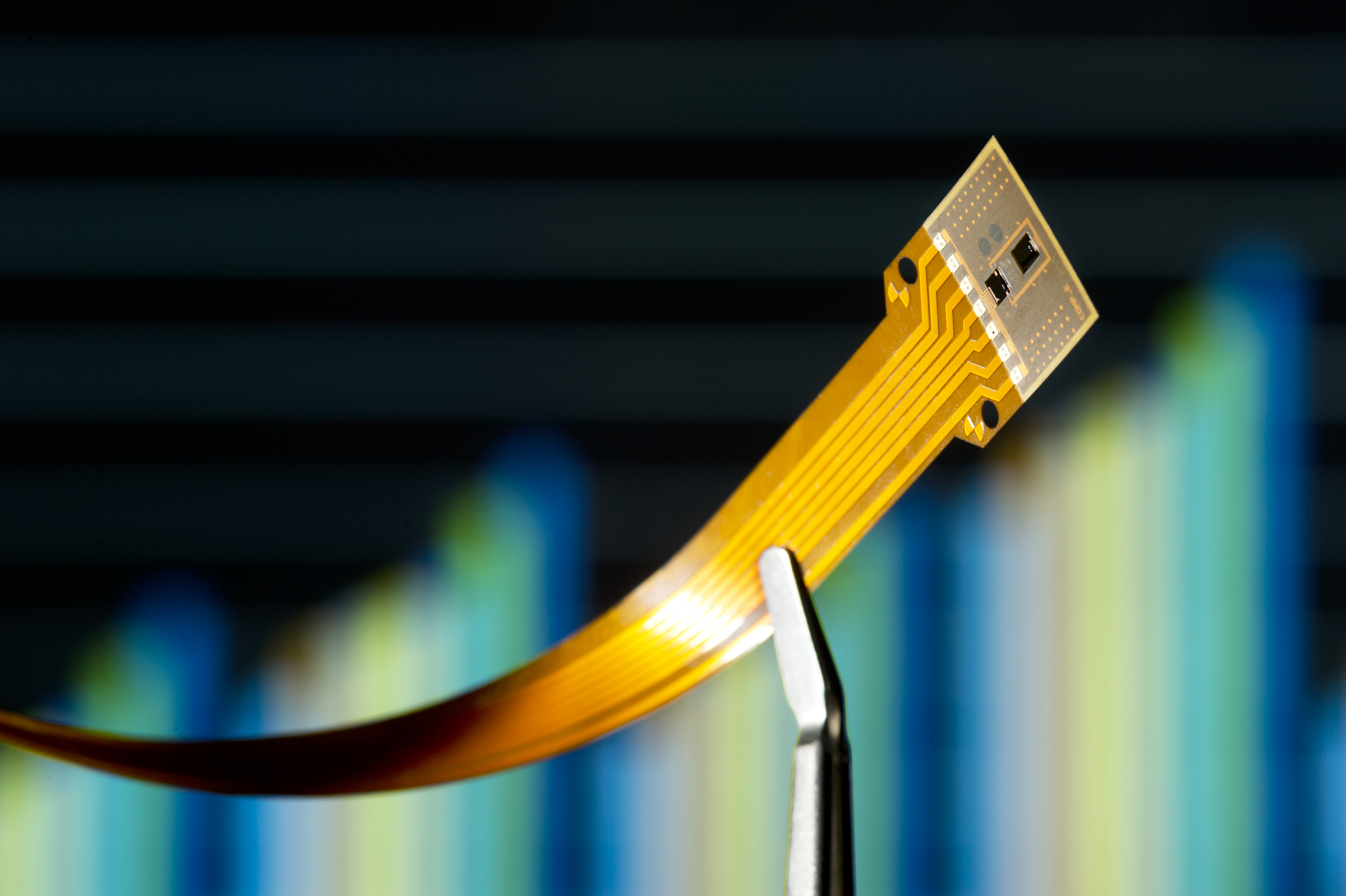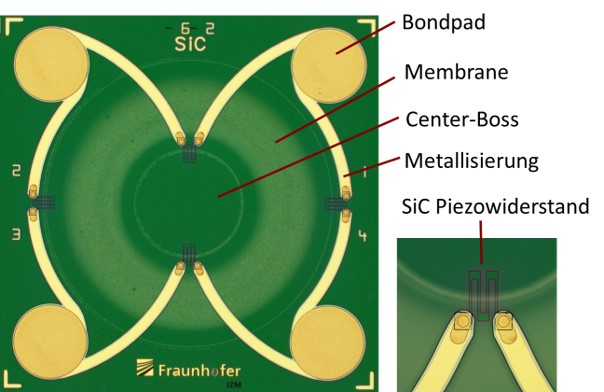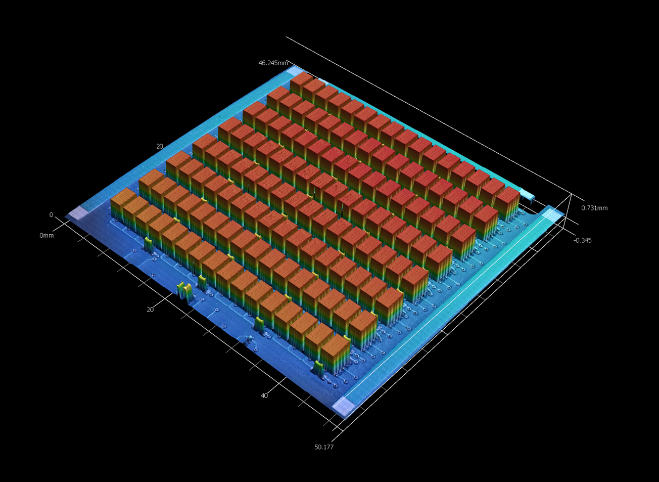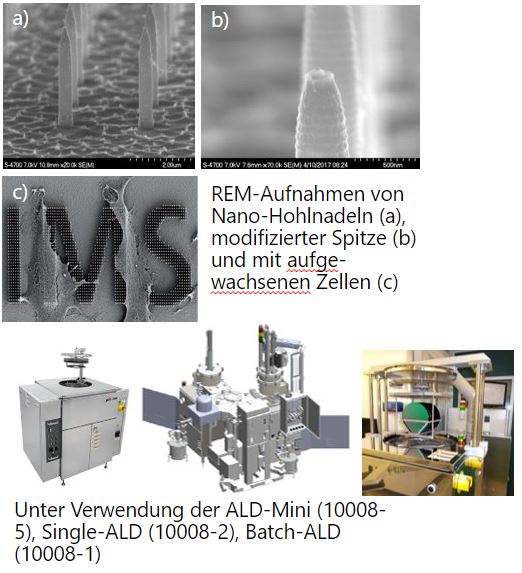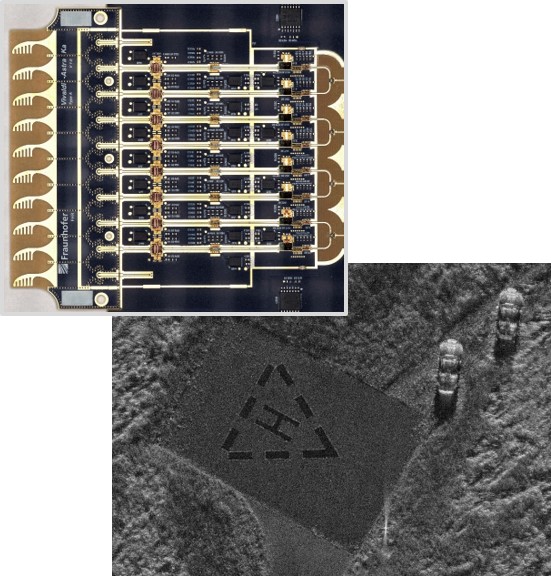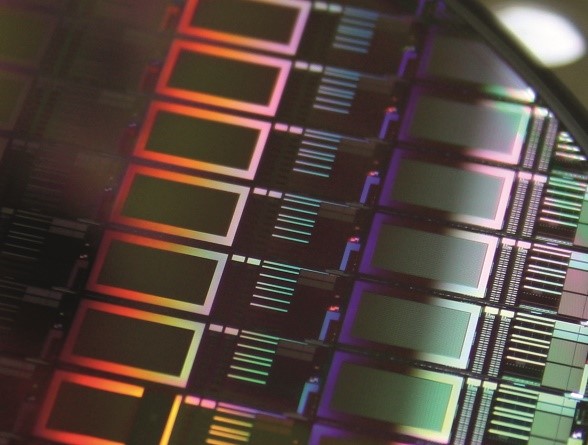FMD offers profound in-depth knowledge in manufacturing sensors and integration of sensors in complex systems:
- Design of sensor systems, design for reliability and the test of sensor systems even under harsh environments
- Fully integrated sensor solutions (MEMS on CMOS) as well as hybrid integrated sensor systems
- Characterization (optical, acoustical, electrical) and test of sensors and sensor systems – with non-destructive methods as well as reliability assessments under multiple stress scenarios
 Fraunhofer Group for Microelectronics in cooperation with the Leibniz institutes IHP and FBH
Fraunhofer Group for Microelectronics in cooperation with the Leibniz institutes IHP and FBH